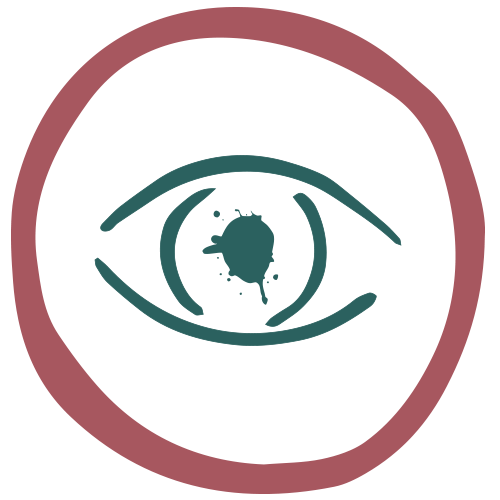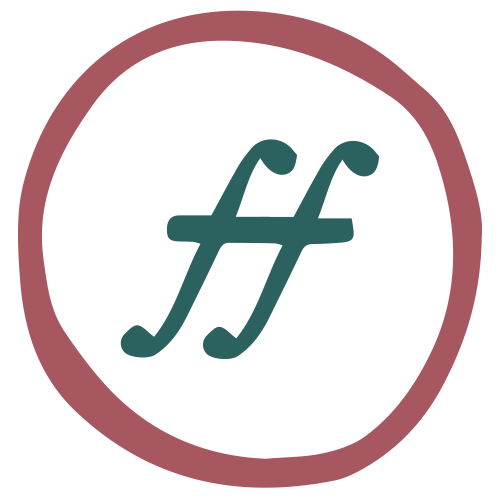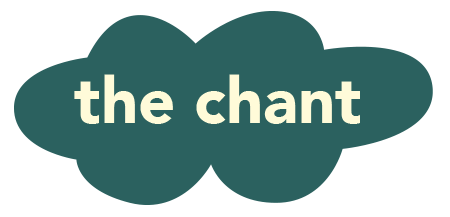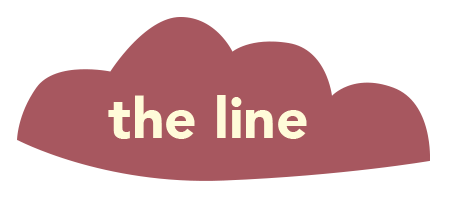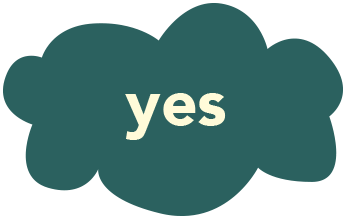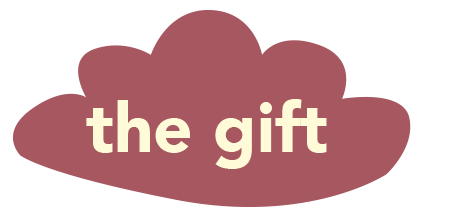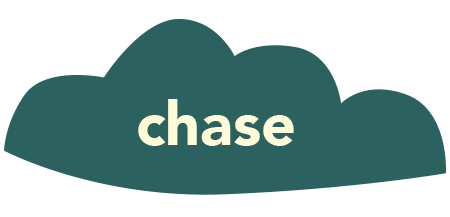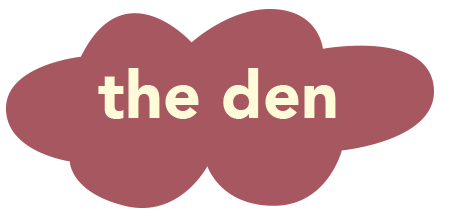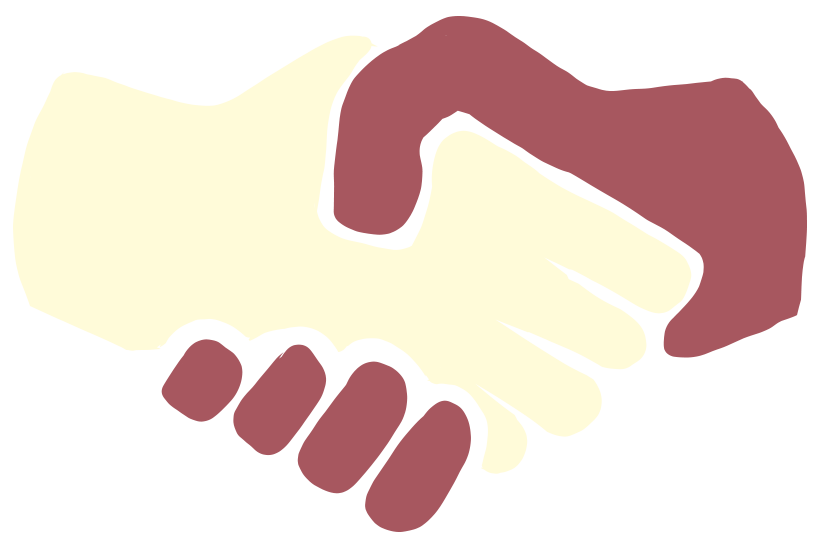WHAT IS THE KISSTORY PROJECT?
In 2017 Professor Emma Renold worked with a researcher in Finland (Dr. Tuija Huuki), a visual artist (Seth Oliver) and an animation company (Spin the Yarn) in Wales to create a series of seven animations and comic strips based upon research findings of children’s relationship cultures (age 5-11).
Each animation features the journey of a kiss in young children’s worlds. The animations are stripped back without sound or talk or text. The idea is that teachers and peer-educators can enable children to create their own storylines as a starting point for discussions on issues of power and consent in a range of relationships and contexts.
The research team, including Vicky Edwards, invited students and teachers from two secondary schools in Cardiff and Rhonnda Cynon Taf to co-produce the design and delivery of a peer-led workshop with children in Year 5 and 6 (age 9-11). Their aim was to create an interactive workshop for children to learn about consent and develop their own kisstories on how consent matters to them.
![]()
What is peer education?
“Peer education approaches value the views and experiences of young people, making them the experts and recognising that they can positively influence and support each other. Involvement can enhance peer educators’ confidence and their sense of engagement with their school and communities. They can benefit all young people, but may have particular value as a way of including young people who are often excluded from the mainstream”
A guide to establishing sex and relationships peer eduction, Dept of Health
DID YOU KNOW...
CONSENT comes from the latin Con (connectivity) Sent (feelings)
Consent is all about being able to share and connect with the feelings of others when we seek permission for something to happen. This can be communicated through what we say, how we say it, and what we do (e.g. body language).
![]()
What is consent?
Consent: seeking and giving permission for something to happen
1: #WAM meets Newid-Ffem
When two school-based feminist youth groups get together from different parts of Wales there is A LOT to share. Some of us had met before at the Educating Agenda 2017 conference and on International Women’s Day 2017. It was great to meet again and learn about each other’s passion for gender and sexual equality, diversity and rights and talk about the challenges of making a difference on these issues in our different schools. Watch #WAM in action here and read about Newid-Ffem here.

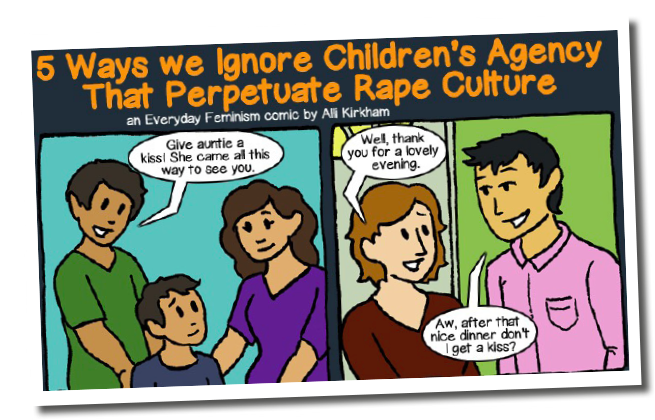
2: What power and consent means to us
On the first day, we watched the KISSTORY animations and talked about what power and consent means to us at our age, and when we were at primary school. Hywel shared what he’d been reading from the Everyday Feminism website about teaching kids consent and addressing rape culture and its gendered dynamics. Emma and Vicky shared their knowledge with students and teachers from the consent research in this area.
We agreed that it’s important to learn about consent from an early age. We realised that it wasn’t something that we got to talk about much as kids. The KISSTORY animations were a fun way into this, and we loved that they were designed to be inclusive! And it was so interesting when we flipped the gender of each character from boy to girl and considered non-binary and gender fluid characters or differently abled characters. Creating our own storylines also got us to think about place, context, faith and culture. INTERSECTIONALITY and CONTEXT was KEY!
3: Creating the comic strips
We selected four of the animations that we thought would work best for our workshop: YES, NO, THE CHANT and THE GIFT. YES and NO would enable children to create story lines and feelings about seeking and refusing consent; the CHANT around gendered peer pressure to couple up as boyfriend and girlfriend; the GIFT as a developmentally appropriate way to begin to explore control and (sexual) exploitation.
We then selected freeze frames from the animations to create the comic strip books. We also worked up the idea to include a feelings cloud colour pallete. The design team (Seth and Dan) created and printed them for us to edit. We also created our own.

4: Research research research
Day two involved sketching out the broad structure and content of our workshop. Breaking out into three groups, we each took an area of research: what is consent; kissing in Disney films; and kissing cultures around the world.
Emma shared the CONSENT FOR KIDS video and we thought this might work well at the end of the lesson.
We then spent two afternoon sessions preparing our lesson plan and powerpoint and rehearsing our lesson with
Emma, Vicky and our teachers.


REFLECTIONS FROM WORKSHOP LEADERS
"I loved seeing year 6 responses to our lesson activities.
I think more lessons like this are needed in our school"
"I loved working as part of the kisstory team, and enjoyed developing the lessons, meeting students from the other school was a fantastic experience and I enjoyed seeing the (year 6) pupils respond so well to the lesson on consent which is such an important topic to learn about at a young age"
"I found this project really insightful. Consent is so important because we need it in all aspects of our lives and I thoroughly enjoyed engaging young pupils on this"
"I feel like in response to current events, like the #MeToo movement, it is very important to teach children about consent"
![]()
KiSSTORY WORKSHOP REFLECTIONS in WORDS and EGGS (age 10/11)
“Good, because this happened to me!”
“It’s fun … makes you think about stuff .. yeah”
“I think we should do stuff like this a lot more”
“I enjoyed doing it”
“I reckon it’s a good lesson. It’s better when we’re in Year 6. Because we’re older and we can understand more”
“I liked all of it”
![]()

Watch the digital story of our KiSSTORY workshop here:
Kisstory Project from Emma Renold on Vimeo.
Go to IDEAS FOR CHANGE for more ideas on making comics and zines and learn about their rich political history in expressing subversive and sensitive issue
Watch the KISSTORY Animations:
Kisstories from Emma Renold on Vimeo.
DOWNLOAD THE KISSTORY COMIC STRIPS:
Practice how consent feels in a hand-shake!! Check out the Three Handshakes Activity by Meg John Barker & Justin Hancock
Go to IDEAS FOR CHANGE for more ideas on making comics and zines and learn about their rich political history in expressing subversive and sensitive issues
![]()
KISSING resources
Kissing in art
How people kiss around the world
Kissing through history: a timeline
Kissing in Disney cartoons
Consent for kids educational animation
How to teach consent to kids
Teaching consent in the early years classroom
5 ways we ignore children's agency that perpetuate rape culture
40 Books on managing emotions
3 Mistakes Parents Make when teaching consent and bodily autonomy – and how to fix them
research on young people & sexual consent
research on children’s relationship cultures & consent






